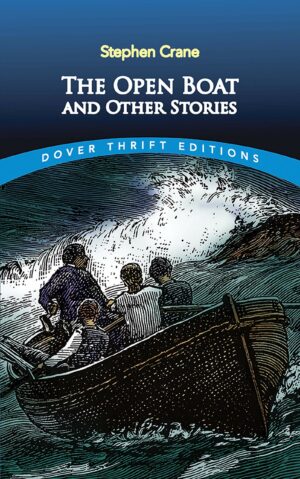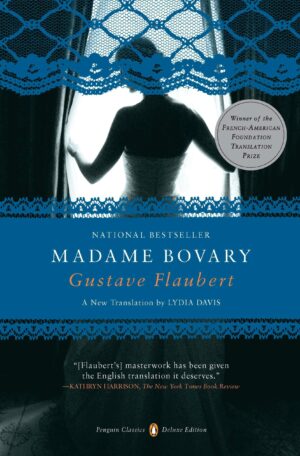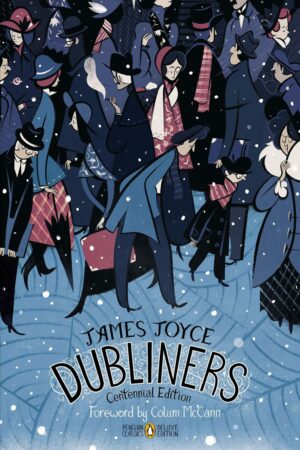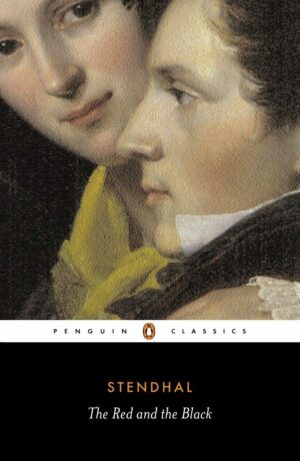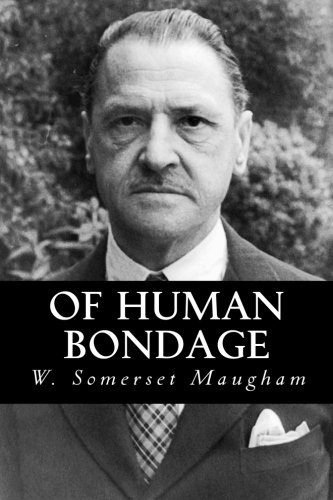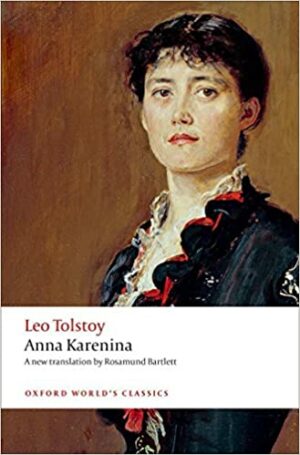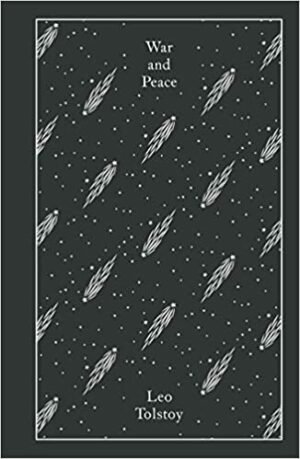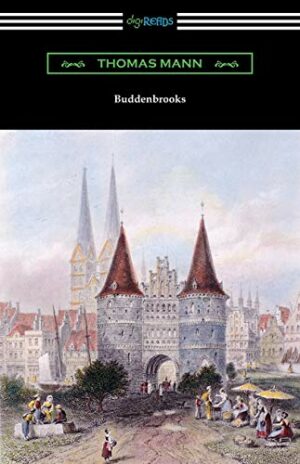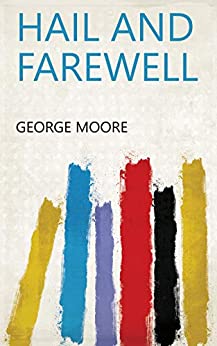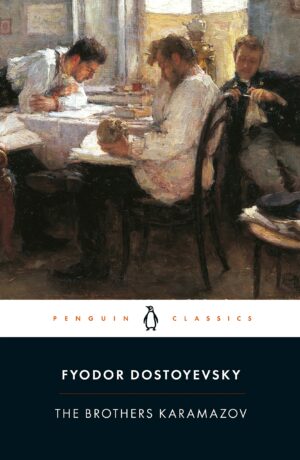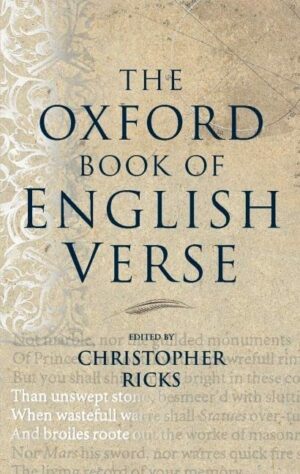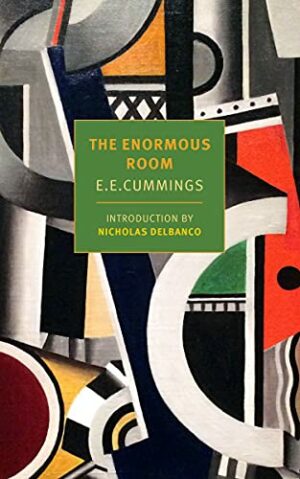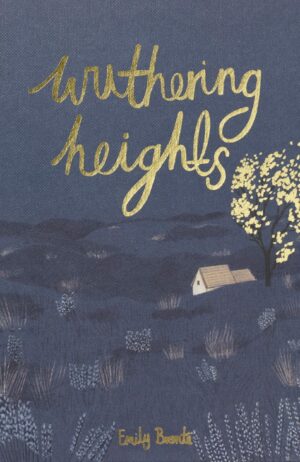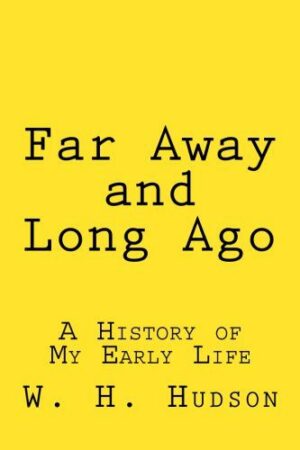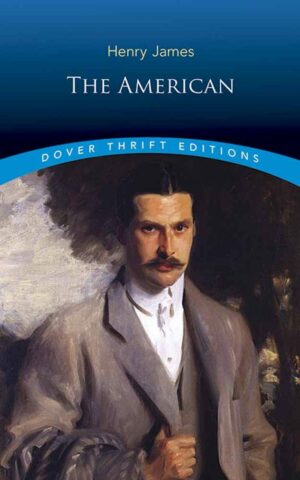The Hemingway List: 16 books we ought to read according to the literary great
I only share books I know and love. If you buy through my links, I may earn a commission (learn more).
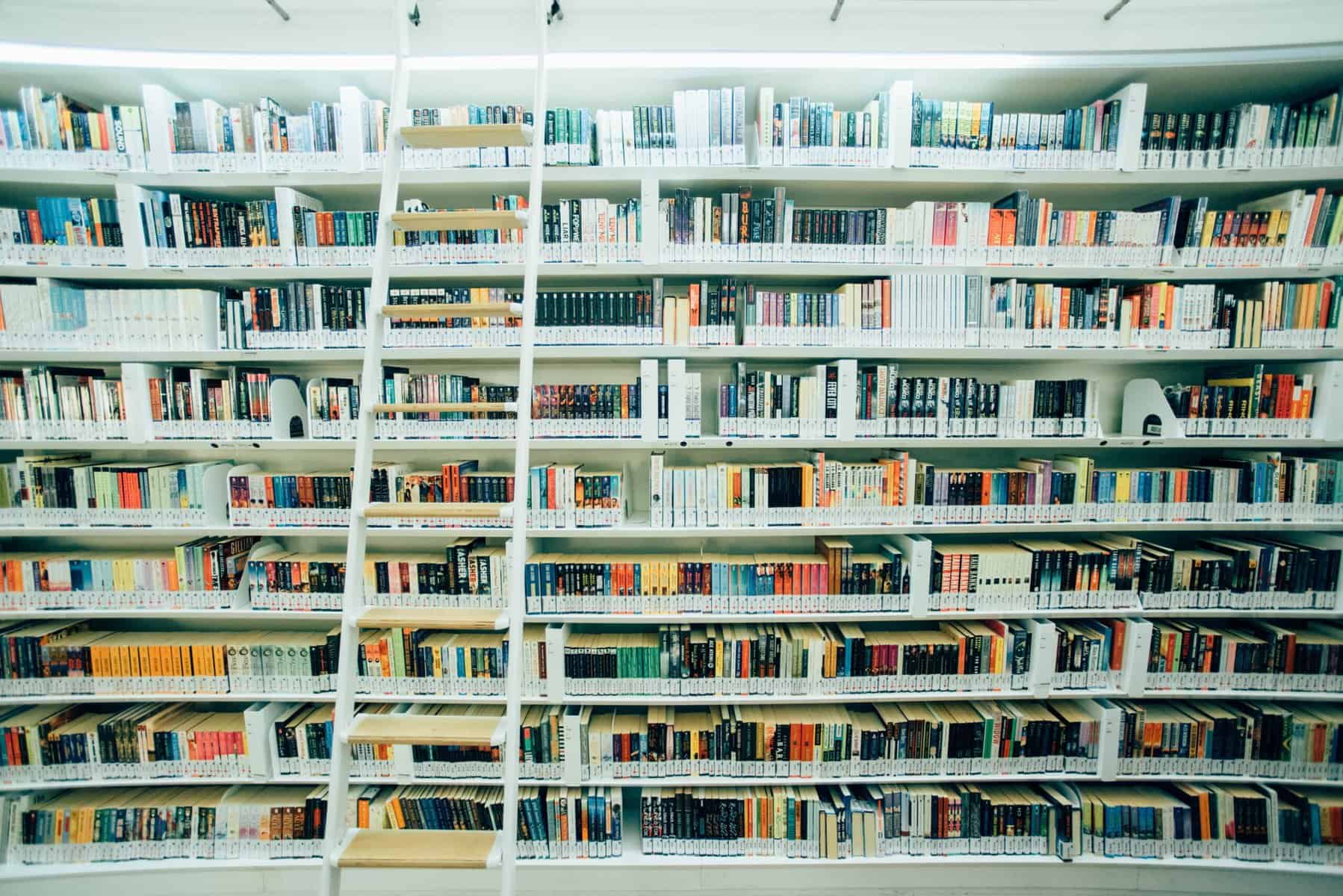
This post was first published in 2014 and is now republished with some edits.
In 1934, a young American with aspirations to become a writer hitched 2,000 miles across America. The reason? To find Ernest Hemingway and get some advice.
After knocking at the author’s Florida door (and receiving an unsurprisingly frosty welcome), Hemingway told the young man, Arnold Samuelson, to come back the next afternoon.
On his return after an uncomfortable night in jail, Hemingway did indeed give Samuelson some advice. He warned not to compete against contemporary authors, but to focus on the writers of the past whose work has stood the test of time.
The pair then got to talking about books. Samuelson told Hemingway that he had enjoyed Robert Louis Stevenson’s Kidnapped and Henry David Thoreau’s Walden.
“Ever read War and Peace?”, asked Hemingway. Samuelson answered that he had not, to which Hemingway replied, “That’s a damned good book. You ought to read it. We’ll go up to my workshop and I’ll make out a list you ought to read.”
And so Samuelson left Hemingway’s home with a list of fourteen novels and two short stories to get started on. Since then, it’s become known as The Hemingway List.
What better material to follow when creating our own well-rounded reading list?
The 16 books on the Hemingway List that we ought to read
1. “The Blue Hotel” by Stephen Crane
Hemingway handed Samuelson a copy of Stephen Crane’s short stories before he left his home, which includes this first recommendation: “The Blue Hotel”.
(Hemingway also gave him a copy of A Farewell to Arms, which he politely asked to be returned after he had read it.)
2. “The Open Boat” by Stephen Crane
“The Open Boat”, found in the same collection as “The Blue Hotel”, is based on the 1896 sinking of a ship on which the author himself was a passenger. It’s an intriguingly harrowing story that helped marked the author as one of the most innovative of his generation.
3. Madame Bovary by Gustave Flaubert
Madame Bovary is the first classic novel to appear on The Hemingway List. It’s not a great favourite of mine, but certainly has some great quotes:
“Human speech is like a cracked kettle on which we tap crude rhythms for bears to dance to, while we long to make music that will melt the stars.”
4. Dubliners by James Joyce
Dubliners gets to the heart of the Dublin streets, but also universal human nature. It’s arguably one of the finest short story collections ever written.
“The Dead” is known for its startlingly beautiful final lines, while “Eveline” is the story of a young woman unsure which way to turn in life (emigrate to Buenos Aires or stay in the safe confines of Dublin?)
Just getting started with Joyce? Dubliners is a great place to begin. Here are some of my best tips for getting started with James Joyce.
5. The Red and the Black by Stendhal
The Red and the Black is Stendhal’s remarkable tale of ambition, corruption, crime, and madness in French Restoration society after Waterloo.
“I am mad, I am going under, I must follow the advice of a friend, and pay no heed to myself.”
6. Of Human Bondage by Somerset Maugham
Generally considered to be Maugham’s masterpiece, Of Human Bondage is also one of the best English language novels of the 20th century.
“His habit of reading isolated him: it became such a need that after being in company for some time he grew tired and restless; he was vain of the wider knowledge he had acquired from the perusal of so many books, his mind was alert, and he had not the skill to hide his contempt for his companions’ stupidity.”
7. Anna Karenina by Leo Tolstoy
As a beautiful novel of contrast, human emotion, and beauty, Anna Karenina is about a lot more than the consequences of extramarital affairs.
I’d recommend the translation by Rosamund Bartlett, alongside paying close attention to the transformation of Levin, a character closely based on Tolstoy (minus many flaws).
8. War and Peace by Leo Tolstoy
Reading War and Peace is one of the ultimate trials for any reader, but also one of the most rewarding. Here are the reasons why I love War and Peace, some tips I have for a first-time reader, and my comparison of the best translations.
9. Buddenbrooks by Thomas Mann
“Often, the outward and visible material signs and symbols of happiness and success only show themselves when the process of decline has already set in. The outer manifestations take time – like the light of that star up there, which may in reality be already quenched, when it looks to us to be shining its brightest.”
10. Hail and Farewell by George Moore
George Moore, a leading influence on Joyce’s writing, certainly deserves more literary recognition. “Home Sickness” in The Untilled Field is a great starting place – with brilliant themes of recuperation, travel, and questions of home – although Hail and Farewell is considered by many to be George Moore’s masterpiece.
11. The Brothers Karamazov by Fyodor Dostoevsky
The Brothers Karamazov is a must-read book that stands in a league of its own. Dostoevsky’s classic is unsettling, philosophical, and marvelously written.
“The mystery of human existence lies not in just staying alive, but in finding something to live for.”
12. The Oxford Book of English Verse
This anthology was created in 1900 by Arthur Quiller-Couch and selected anew in 1972 by Helen Gardner, offering a treasure trove of over seven centuries of poetry.
If you’re looking for a collection of the very best English poetry to adorn your bookshelves, this is a great overview.
13. The Enormous Room by E.E. Cummings
In 1917, a young E.E. Cummings went to France as a Red Cross volunteer on the western front. Marked as a possible enemy of La Patrie due to his free-spirited nature, he was taken to a concentration camp in Normandy where he suffered unimaginable hardship.
The Enormous Room recounts the poet’s four-month confinement: a story of journeying into the greatest deprivation while retaining a degree of hope.
14. Wuthering Heights by Emily Bronte
Wuthering Heights is one of the best classic books of all time – and absolutely deserves to be read more than once. Among many other things, I love the book’s wonderful reminder of the virtues of waking early:
“A person who has not done one half his day’s work by ten o’clock, runs a chance of leaving the other half undone.”
15. Far Away and Long Ago by W.H. Hudson
Far Away and Long Ago is the autobiography of author and naturalist William Hudson, who spent the first eighteen years of his life in Argentina, growing up observing nature and life on the pampas.
If you love lists like this, I’d wholeheartedly recommend the brilliant Lists of Note anthology, compiled by Shaun Usher. It’s a book to return to again and again for morsels of interestingness.
You can also read more about Samuelson’s meeting with Ernest Hemingway here, alongside the story of how he remarkably became the author’s assistant for a year. During this time, he wrote the memoir With Hemingway: A Year in Key West and Cuba.

